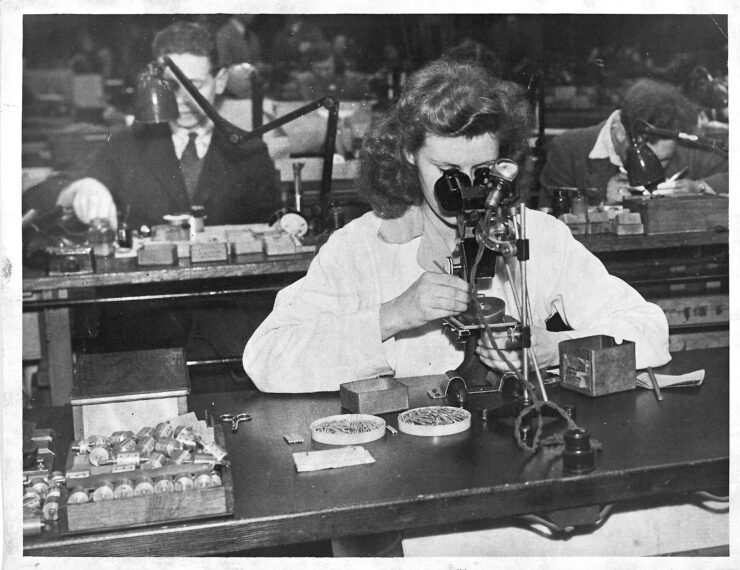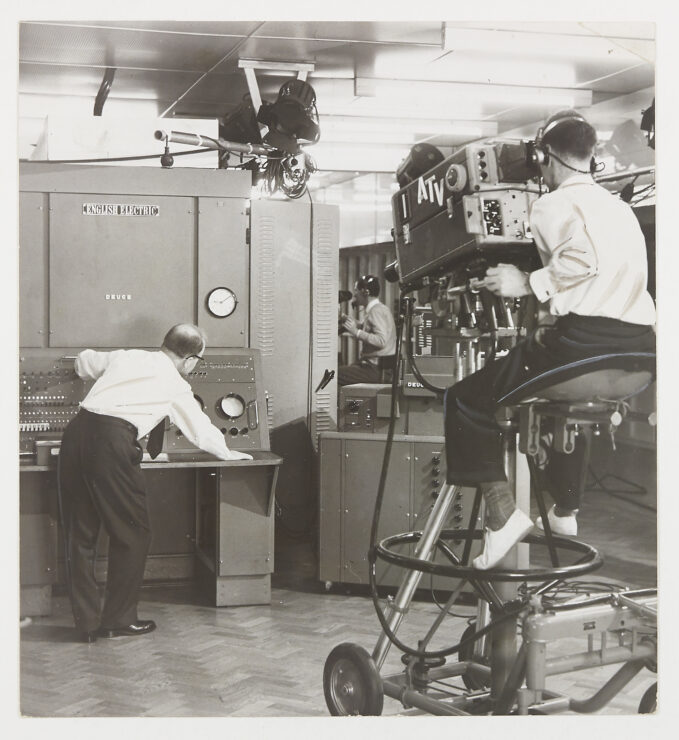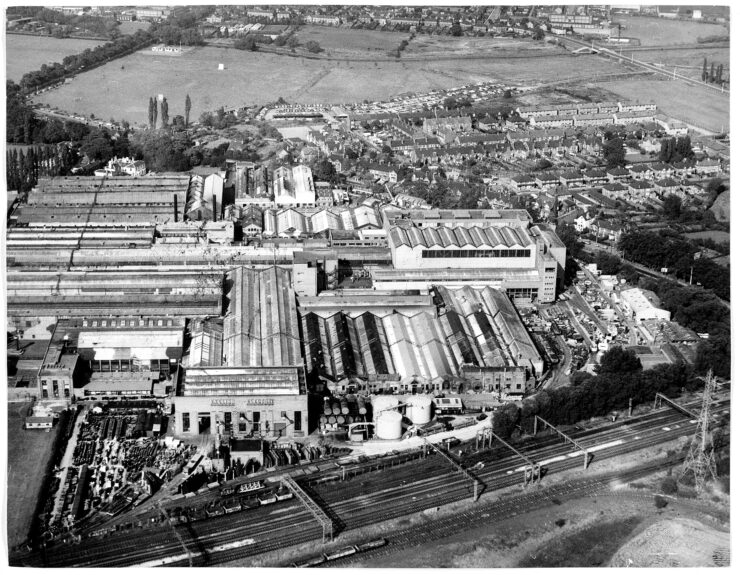English Electric began when 5 manufacturing companies from the midlands and northwest of the UK merged at the end of the First World War. They were initially involved with making military, and then civil aviation aircraft, but also made components for trams and electric locomotives including transformers and turbines. In the Second World war they produced the Handley Page bomber and Comet tank and continued to make aircraft for the RAF afterwards, including the jet powered English Electric Canberra and Lightning.

In the 1950s English Electric started to make computers. From 1955 they made one of the first commercially available computers called DEUCE, based on an early design by Alan Turing. Deuce was used in a variety of ways; one client was engine manufacturer Bristol Siddely. AIT interviewee Professor Brian Randell talks about his early career writing nuclear reactor codes on DEUCE. It was also used to analyse election results at English Electric’s Stafford office, where it appeared on television in 1959.

Other models made by English electric include the Luton Analogue Computing Engine or LACE made at Luton and used for missile simulation. The KDP10 made at Kidsgrove was launched in 1961 intended for commercial data application, later redesigned to the KDF8. The KDF9 was developed for scientific work and used by Mavis Hinds in her pioneering work at the Met Office. The English Electric System 4 was a mainframe computer, launched in 1965. This was an American system brought to the UK which was compatible with IBM’s 360 systems. One of its users was Edinburgh Corporation (now City of Edinburgh Council), where Nic Birtles trained the IT managers on how to use it.

English Electric continued to acquire other companies – including LEO in 1963 – and created others, changing the LEO branch of the company to English Electric Leo Computers in 1963, English Electric Leo Marconi in 1964, then English Electric Computers in 1968 after a further merger with Elliott Brothers. That same year they merged with company ICT to become International Computers Limited (ICL) another iconic name from the industry. ICL came about as part of government efforts to back the next ‘British computer’ as discussed by Dennis Blackwell. The English Electric Computer Bureau at Kidsgrove finally became Baric under an agreement between Barclays Bank and ICL.
The English Electric name was lost when the merger of that part of the business was completed with GEC. The Stafford works were taken over by GEC in 1968 then Alstom in 1989. In 2015 General Electric bought the business and the site, which was demolished and is now housing.

Further information
- We group our interviews by company, find more interviews for people who worked with English Electric and its successor companies here